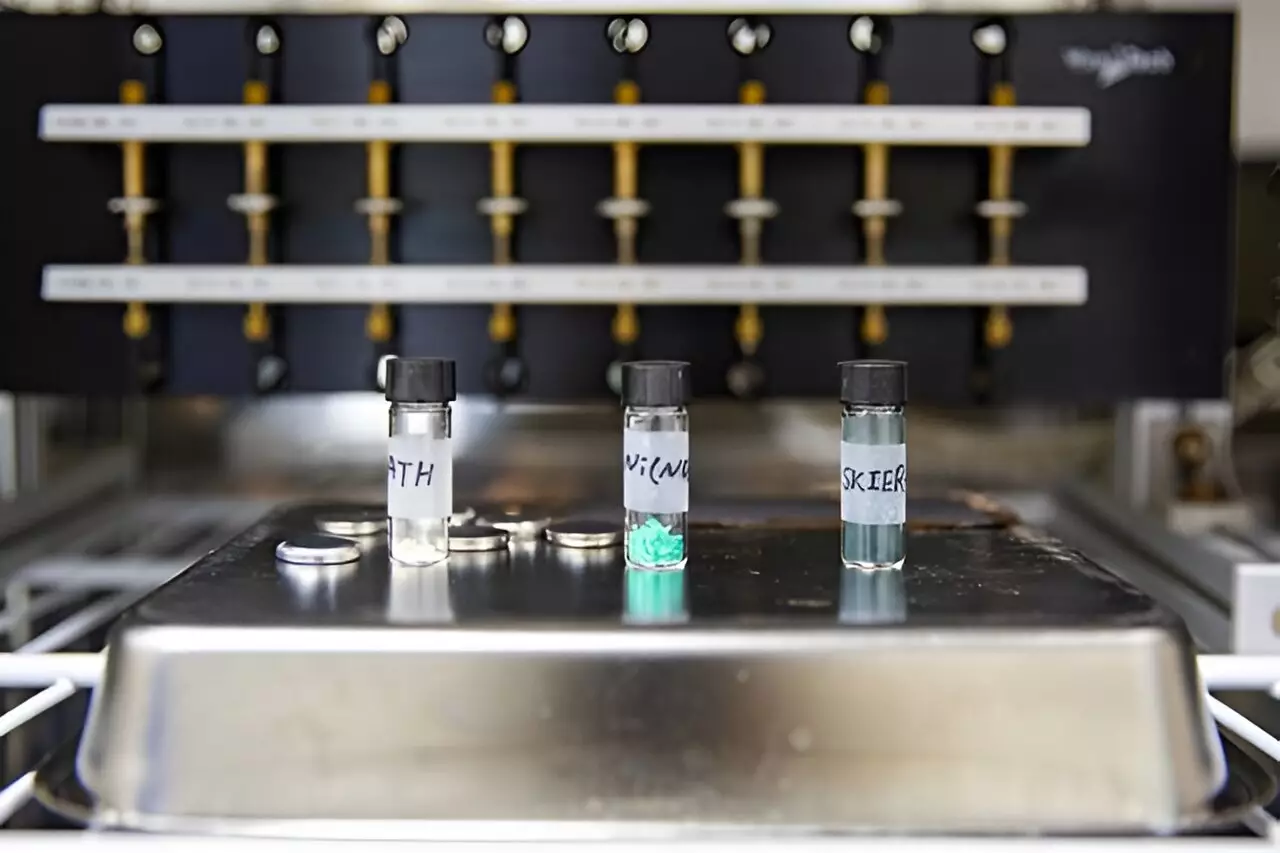The Korea Institute of Energy Research (KIER) recently announced a significant breakthrough in the field of lithium batteries. They have developed a redox-active metal-organic hybrid electrode material called SKIER-5 that addresses the limitations of conventional graphite anodes in cold conditions, even as low as minus 20 degrees Celsius. This new material has the potential to revolutionize the use of lithium batteries in applications such as electric vehicles, drones, and ultra-small electronic devices.
Currently, graphite is the primary material used for anodes in lithium-ion batteries due to its stability and cost-effectiveness. However, batteries with graphite anodes face significant challenges in freezing temperatures. The storage capacity of graphite sharply decreases in subzero conditions, and dendrites can form on the surface during charging, potentially leading to thermal runaway and explosions.
Led by Dr. Jungjoon Yoo, Dr. Kanghoon Yim, and Dr. Hyunuk Kim, the research team at KIER developed SKIER-5, a redox-active conductive metal-organic framework. This framework, made from a trianthrene-based organic ligand and nickel ions, showed remarkable performance in subzero environments. SKIER-5 demonstrated a discharge capacity five times higher than graphite at minus 20 degrees Celsius, with a discharge capacity of 440 mAh/g compared to graphite’s 150 mAh/g.
One of the key advantages of SKIER-5 is its stability and performance over multiple charge-discharge cycles. After 1,600 cycles, the discharge capacity of SKIER-5 increased by approximately 1.5 times, reaching 600 mAh/g. This is a significant improvement over graphite, which typically experiences a decrease in capacity over time.
The research team at KIER utilized high flux X-ray analysis at the Pohang Accelerator Laboratory to confirm the redox mechanism of SKIER-5. Unlike graphite, SKIER-5 interacts with lithium ions through nickel ions and heteroatoms based on organic ligands, triggering redox reactions and enhancing electron transfer for increased electron storage. This process results in a higher discharge capacity and improved performance in low-temperature environments.
To validate the operating principle of SKIER-5, the research team conducted first-principles calculations based on quantum chemistry. By determining the crystalline structure of SKIER-5 and predicting lithium adsorption sites, they were able to accurately estimate the material’s theoretical capacity and reaction voltage. The calculated values closely matched the experimental results, confirming SKIER-5’s exceptional performance as a lithium battery anode.
The development of SKIER-5 by the Korea Institute of Energy Research represents a significant advancement in lithium battery technology. With its superior performance in freezing temperatures, stability over multiple cycles, and innovative redox mechanism, SKIER-5 has the potential to revolutionize the use of lithium batteries in various applications. This breakthrough paves the way for more efficient and reliable energy storage solutions in the future.


Leave a Reply